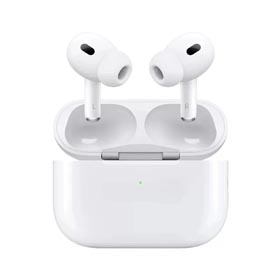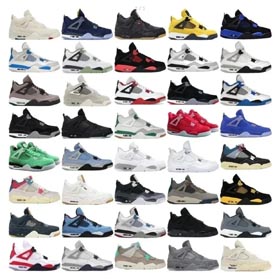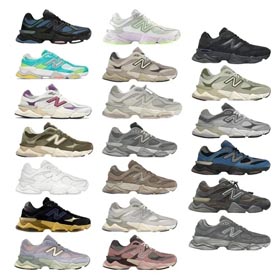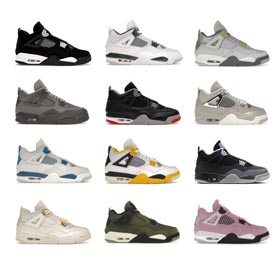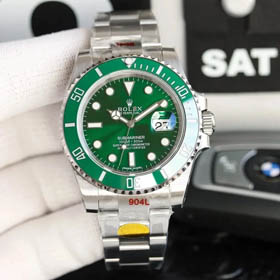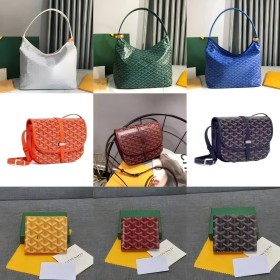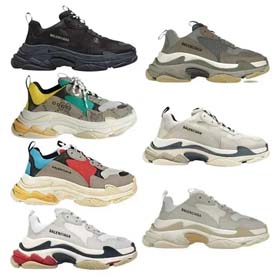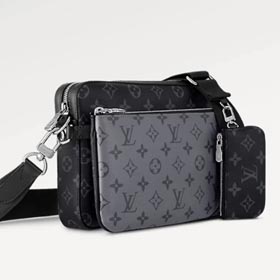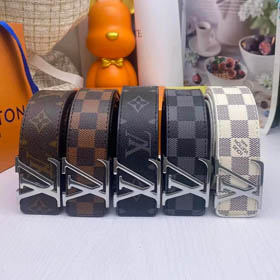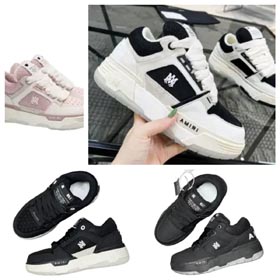After-Sales Service Comparison: Online Shopping Platforms vs. Physical Stores for Luxury Goods
2025-07-25
Introduction
In the modern retail landscape, consumers face a critical choice between purchasing luxury items like Rolex watches, Patek Philippe timepieces, Cartier jewelry, or Predator football gear from e-commerce platforms or brick-and-mortar specialty stores. The after-sales service experience differs significantly, and understanding these variations is essential for protecting consumer rights.
After-Sales Differences: Online vs. Offline
| Criteria | E-commerce Platforms | Physical Stores |
|---|---|---|
| Return/Exchange Window | 7–30 days (e.g., Amazon, Farfetch) | Immediate (varies by store policy) |
| Authentication Guarantee | Third-party certifications (e.g., Chrono24) | In-store verification |
| Repairs/Maintenance | May require shipping to authorized centers | Direct access to in-house technicians |
| Personalized Support | Limited to chatbots/emails | Face-to-face consultations |
How to Protect Your Rights via Online Channels
1. Leverage Platform Guarantees
- Warranty Activation:warranty portal).
- Escrow Services:
2. Document Everything
Keep records of:
- Order confirmations
- Product serial numbers
- Packaging photos before return shipping
3. Utilize Dispute Resolution
For issues like counterfeit goods:
- Contact the seller within 48 hours of delivery.
- Escalate to the platform (e.g., Amazon A-to-Z claim).
- File with consumer protection agencies if unresolved.
Key Takeaways
While physical stores provide immediacy and personal interaction, e-commerce platforms offer structured recourse through documented policies. Consumers opting for online purchases should:
- Research platform-specific return policies
- Verify seller ratings and authenticity badges
- Use secure payment methods with buyer protection
For guidance navigating luxury e-commerce policies, visit OKSheet

